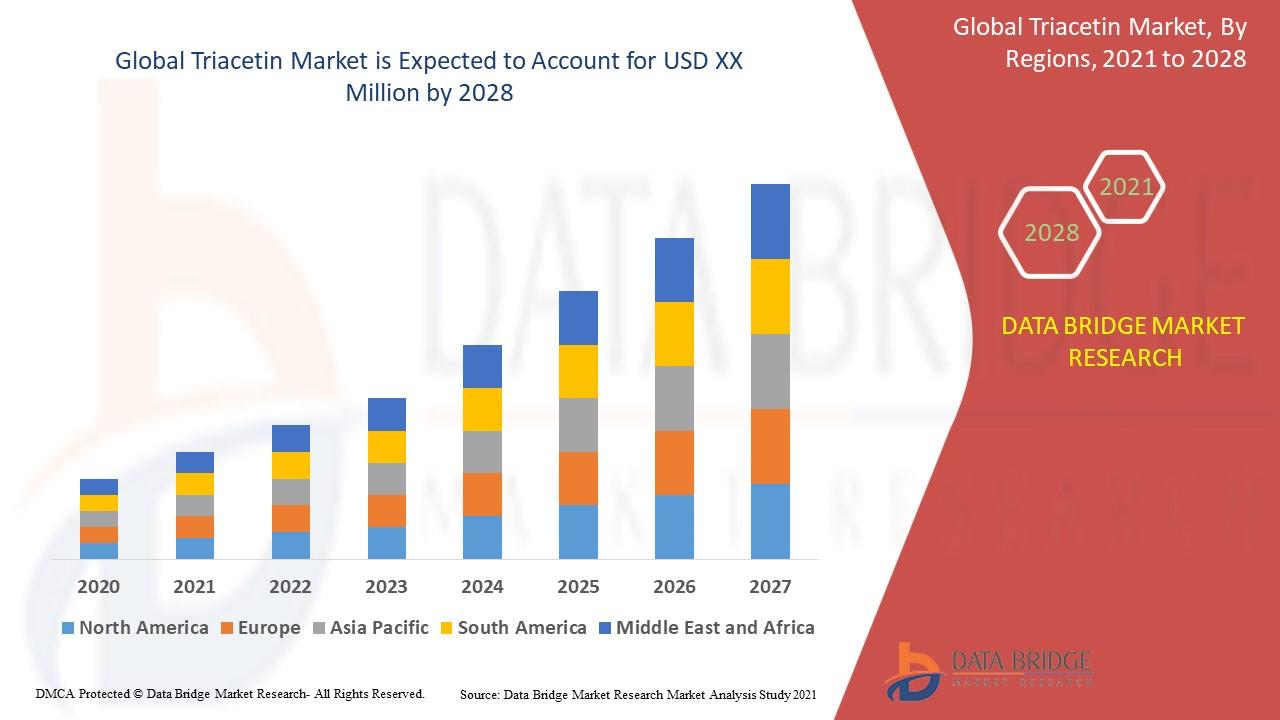How On Page SEO Has Evolved With Google’s SGE Rollout
Have you ever updated your website and still seen zero change in rankings You fix your meta titles tweak your content and adjust your internal links yet somehow traffic stays flat or worse slips away That's something many of us have felt and it's frustrating When I first heard about Google's SGE rollout I’ll admit I didn’t take it seriously at first But when rankings across several pages began shifting without any obvious algorithm update I knew I had to dig into what was really changing behind the scenes What I found was that on-page SEO optimisation now plays an even bigger role in how your content is understood and surfaced by search engines powered by generative AI
What Exactly Is Googles SGE Rollout
SGE stands for Search Generative Experience and it's part of Googles experimental integration of generative AI into search Instead of just showing a list of blue links at the top of the page Google now pulls together information and presents it in a conversational summary Sometimes this summary even answers the query so well that users don’t scroll down to traditional websites anymore
This rollout started in stages and has now reached multiple countries including tests in the UK and US It draws on large language models that work alongside the traditional ranking algorithm pulling content directly from the web to create an instant response box above the search results
Why Should We Care About It
Because it changes how searchers interact with content
- People see AI summaries before they see websites
- Traditional page one rankings are being displaced
- Rich content is favoured over surface-level text
- Google understands context better than ever
I’ve seen pages that once held stable positions in the top three drop down simply because they weren’t structured clearly enough or didn’t answer user questions in a way that Googles AI can easily interpret
What Is Now Valued More Than Before
The rules haven’t flipped entirely but there are clear new priorities I’ve learned to look for
- Clarity over creativity Google wants clear structure not fluffy storytelling
- Entities and context terms matter more than just keyword repetition
- Intent-based formatting helps with AI summarisation
- Authoritativeness through internal linking helps contextual understanding
How the Role of Semantic SEO Has Grown
Semantic SEO has moved from being helpful to being essential With SGE Google is now looking for meaning not just strings of words This means your content needs to revolve around topics and concepts rather than simply stuffing keywords into paragraphs
Instead of focusing on one keyword per page I now start by mapping
- Related questions people are asking
- Entities connected to the topic
- Contextual terms that signal expertise
- User intent behind each section
For example if I’m writing about SEO for eCommerce I’ll naturally include terms like product pages schema markup faceted navigation and site speed without needing to force any keyword in Doing this helps the page become more understandable to AI systems and more useful for readers
How to Structure Pages That Get Picked by SGE
One thing I started doing that made a real difference was building each page as if it were answering a series of very specific questions I imagine what the AI would want to pull and summarise then I make that easy by structuring content in clean short paragraphs with scannable subheadings
Here’s what I changed in my page structure
- Clear H2s and H3s based on search queries
- Short digestible answers in under 100 words per section
- Supporting paragraphs that expand on each answer
- Use of bullet points to break down steps data and lists
This format works because SGE is built to summarise If your content is summary-friendly it’s more likely to be pulled into the top answer box
Real Example From a Blog Post I Updated
I had an article on technical SEO that covered everything from crawl budgets to canonical tags It was ranking at position six for most of its main terms After revising it based on what SGE favours it jumped to position two and got pulled into the AI summary box
Here’s what I did
- Moved the answer to each subtopic to the top of the section
- Rewrote content using more entities like sitemap indexation Googlebot render queue and so on
- Used bullet points for key definitions and examples
- Added internal links to related concept pages
It took a few weeks but traffic from those queries increased by 48 percent and bounce rate dropped by 15 percent
Attributes and Entities That Now Play a Larger Role
SGE puts more weight on entity understanding so I started using tools like Googles Knowledge Graph API and tools like InLinks and Frase to map out connected terms
Some examples of key entities I now include
- Search Console
- Meta description
- Core Web Vitals
- HTML title tag
- Anchor text
- Crawl budget
- JSON LD
- Canonical URL
- Internal linking structure
By naturally weaving these into content I saw higher engagement and better rankings for high complexity terms
How Internal Linking Has Changed Post SGE
In the past linking was mostly about authority flow Now it’s just as much about concept connection I’ve found that linking to pages that explain secondary concepts boosts clarity and helps Google map the topic more accurately
For example when writing about user experience metrics I link to other pages that explain First Input Delay CLS and Largest Contentful Paint These links help Google see your content as a node in a topical map and that makes it easier to get included in AI responses
What You Need to Stop Doing
Here’s what no longer works as well
- Keyword stuffing even mild repetition can look spammy
- Long paragraphs that try to sound smart but say little
- Ignoring real user questions in favour of salesy content
- Thin affiliate posts with no unique insight
I reviewed several of my old pages and the ones that failed had one thing in common They didn’t answer real questions and lacked supporting technical context
What Metrics I Watch Now That SGE Is Live
Rankings are still important but I now also track
- Clicks per query impression to see if AI boxes are taking traffic
- Time on page to make sure summaries don’t replace visits
- Scroll depth to understand content engagement
- CTR from new feature snippets
One thing I learned the hard way was to check if AI boxes are actually answering the query so well that users skip over my site entirely That made me revise the intro section to promise something extra that the summary didn’t offer
Important Elements to Include On Every Page
Here’s my checklist when writing a page for this new world of search
- Short intro that speaks to the user’s problem
- Sections framed as questions
- Clear paragraph structures with bolded subpoints
- Contextual terms not just focus keywords
- Internal links to related pages
- Entities mentioned multiple times where relevant
- Schema markup where possible to assist machine understanding
Examples of Contextual Terms That Help Rankings
If your topic is SEO some great contextual terms to include are
- Ranking signals
- Search engine crawler
- Structured data markup
- Title element
- Click-through rate
- SERP features
- Crawl accessibility
- Content freshness
These help both users and algorithms understand the topic and depth of your page
What This Means for Local and Niche Sites
Even small websites can win in SGE summaries if their content is
- Focused
- Rich with topical terms
- Clear and question based
- Built around entity based understanding
I helped a local electrician’s site include better explanations for GFCI outlets voltage requirements and UK wiring standards and they ended up showing up in the new SGE panel for several queries in their town
How to Keep Up With Future Updates
SGE is just one phase Google is continuing to experiment but here’s how I stay ahead
- Follow Googles patents related to information retrieval
- Check Search Console for drops related to AI answers
- Study what’s being pulled into SGE responses now
- Watch structured data updates on Schema dot org
What I Do Differently Now on Every Page
To wrap it all together here’s how my content approach has changed post SGE
- I write for understanding not just visibility
- I treat each section like it may be shown alone
- I make each paragraph meaningful on its own
- I use terms that signal knowledge not just rank
- I ask real questions and answer them clearly
- I link more thoughtfully to help build topical depth
This approach helps my content become more AI ready and human helpful
Final Thoughts
What’s happening with SGE is not a temporary trend It’s a fundamental shift in how information is retrieved and ranked If we keep writing content in the old way we’re going to get left behind fast But if we focus on clarity context and helpfulness then we’re building for the future of search not the past I had to relearn some things I thought I’d already mastered But doing so brought better results and more sustainable visibility for the long term If you want to stay relevant in the world of modern SEO this is the time to rethink how your content works at its core








